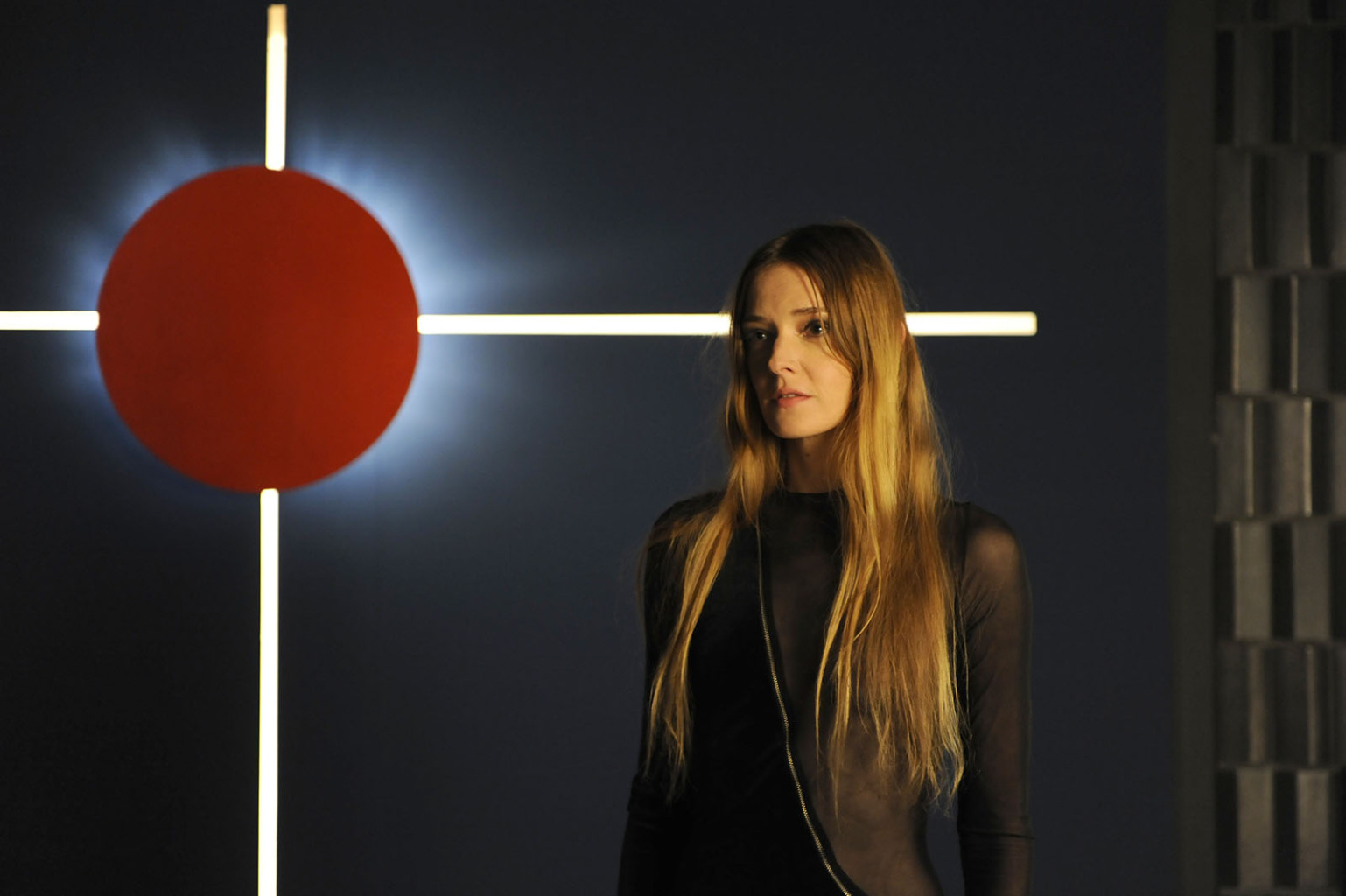
The opulence of French cinema is a fact – after all, France is considered the birthplace of the medium. From the pioneering works of the Lumière brothers and Georges Méliès, through the avant-garde experiments, as well as the radical “antics” of La Nouvelle Vague, and all the way to the transgressiveness of New French Extremism, everyone can find many films to their own liking. So, it comes as no surprise that even amongst the obscure features one might discover a whole new world…
1. Le lit de la vierge (Philippe Garrel, 1969)
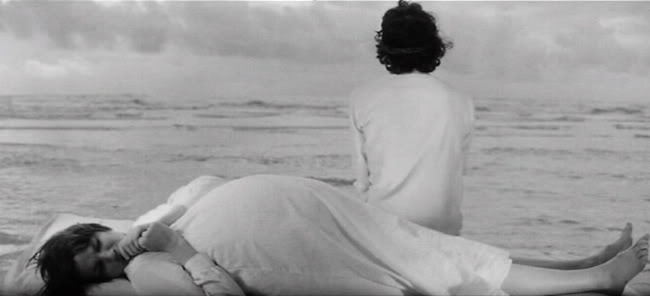
Depressed and angry with his almighty father, Jesus (Pierre Clémenti) emerges from the water and climbs the floating bed of his mother (Zouzou, one of the 60s and 70s icons), hence the title which translates as The Virgin’s Bed.
With a sweetly twisted children’s song, Virgin Mary comforts her son and informs him about some family’s dramatic escape from East Berlin. She persuades him that the people will listen to whatever he has to say, so she gives him a megaphone and sends him into the world. But, alas, all the doors are closed for the Savior, whereby Mary Magdalene (Zouzou in another role) demands more stones for her collection.
Delirious, iconoclastic and bitterly ironic, Philippe Garrel’s quasi-satirical fantasy alludes to the French revolution of ’68, while channeling the young rebels’ disappointment. Simultaneously, it is a symbolic representation of the turbulent era and the everlasting monument to artistic freedom.
Composed of relatively long (sporadically overlong) takes which often seem like the feverish dreams’ echoes, and allegedly shot under the influence of LSD, it is a melancholic, romanticized portrait of a counterculture and messianic delusions. Clémenti’s Jesus embodies alienation, loneliness, disorientation and the lack of self-confidence, as well as the empathy for the subjected and the marginalized.
Allegorical scenes with mythological implications and Freudian subtext own their beauty to the superb B&W cinematography and the eclectic score – an interesting amalgam of ambient noise, psychedelic rock and avant-garde folk (Nico and John Cale). They remain striking even when their defiance loses its edge or when Garrel goes too far in his running away from reality.
2. Perceval le Gallois (Éric Rohmer, 1978)
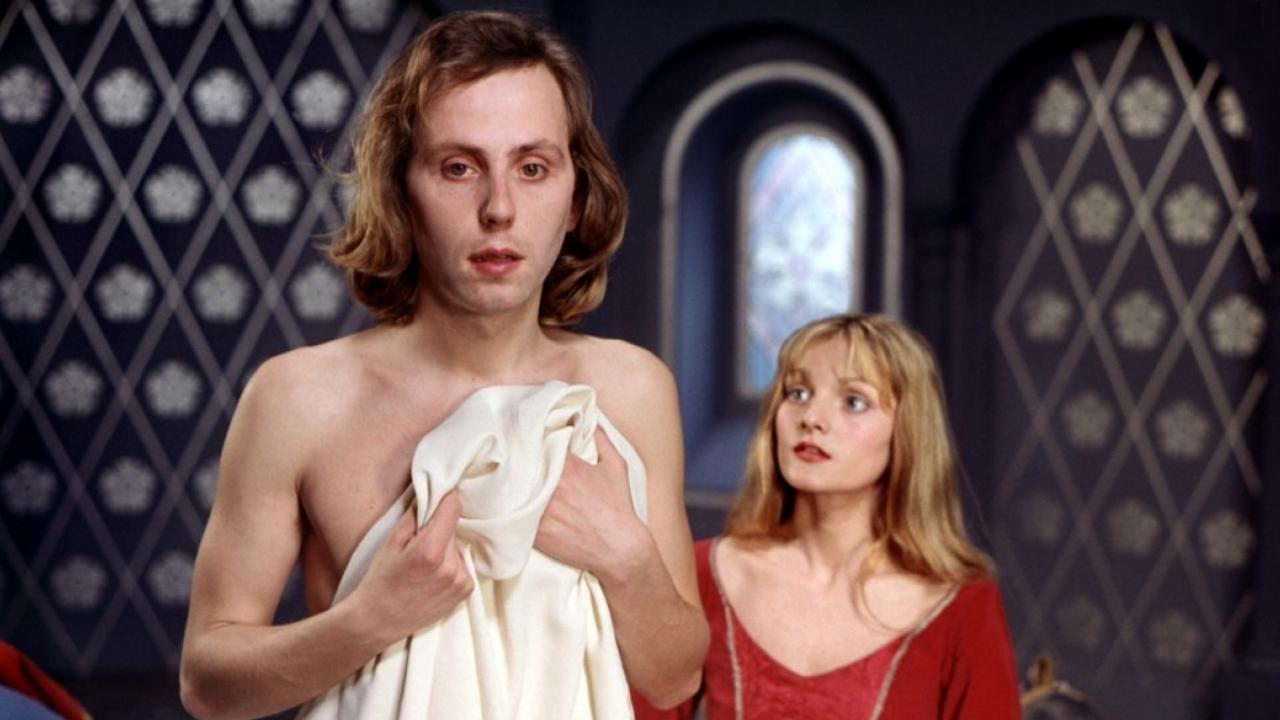
A medieval poet Chrétien de Troyes couldn’t even imagine that his last and unfinished romance Perceval, le Conte du Graal (Perceval, the Story of the Grail) would be adopted as a peculiar film-theatrical play hybrid directed by one of the New Wave figures.
An Arthurian road-movie comes closest in describing a witty and whimsical musical drama Perceval le Gallois (or simply Perceval). Like the original work, it follows a stubborn and inexperienced youngster on his way to knighthood, in spite of his mother who already lost her two older sons.
Raised in isolation, far away from the civilization of those days, Perceval (Fabrice Luchini) is initially a naive bumpkin guided by a curiosity, strong desire, boyish enthusiasm and the luck of the devil on his path of maturation. He literally takes the elders’ advices and frequently makes mistakes – yet, he turns each and every situation to his advantage and lives a fairy tale of his own, until the enlightening encounter with a hermit.
The point of the spiritual awakening is another narrative turn (sir Gauvain’s adventure being the first one) which leads to a spatial and temporal relocation of the Passion of Christ (also played by Luchini) – an indicator of the protagonist’s repentance.
Rohmer’s strange sense of humor is mirrored in his unrealistic treatment of the characters who speak of themselves in third person and comment the events they participate in. Via the comical remarks, the director breaks the fourth wall and tells us to relax – in that manner, he comparatively dispels the illusion and maintains our attention.
The aggressive and intentional theatricality of his film is intensified by the hyper-stylized, almost abstract sets, but alleviated by the authentic music of Guy Robert. And thanks to the keen eye of Néstor Almendros, the colors and textures come to the fore.
3. Litan (Jean-Pierre Mocky, 1982)
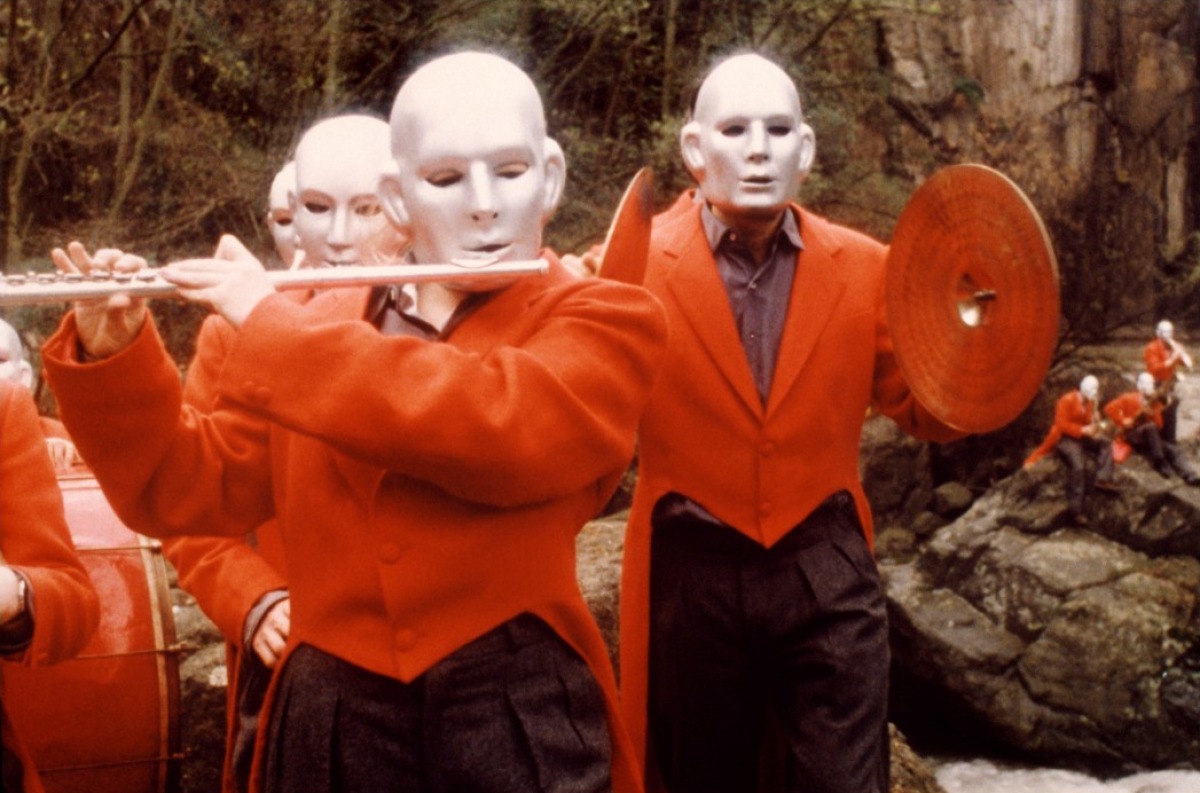
Litan has to be one of the most idiosyncratic horror-sci-fi-mysteries / genre-defying experiments ever put on the big screen. Mocky draws his inspiration from various and, more importantly, great sources and, in the process, delivers a film that is unique, amusing, chaotic, quirky, meditative and unpredictable in equal measures. Whether you watch it with or without the subtitles, it remains fascinating.
From the very beginning until its last minutes, Mocky’s phantasmagoria is a non-stop barrage of outlandish images. Its title refers to the name of a small mountain town whose eccentric and disguised inhabitants celebrate… well, it’s hard to say what, but it is reminiscent of Halloween or the Day of the Dead.
During their festival, Nora (Marie-José Nat) and Jock (played by the director himself) find themselves involved in a mess that is best described as an endless nightmare of running away but never escaping.
Shrouded in mist and filled with narrow streets and decrepit buildings, Litan is a hometown of a crazy doctor, indifferent police officers, creepy red-suited brass orchestra and the boy scouts hunting an imaginary (?) monster. In the river that is passing through the cavern, there are fluorescent blue eels (or alien entities?) able to transform the drowned ones into sort of the living dead.
Nearly everyone seems to be under some kind of spell and everything that happens makes no sense, yet it’s inviting and intriguing. Litan is like an action flick (day)dreamed by a superstitious decedent who died under bizarre circumstances and was buried by a group of carnival freaks. A must see!
4. Giorgino (Laurent Boutonnat, 1994)
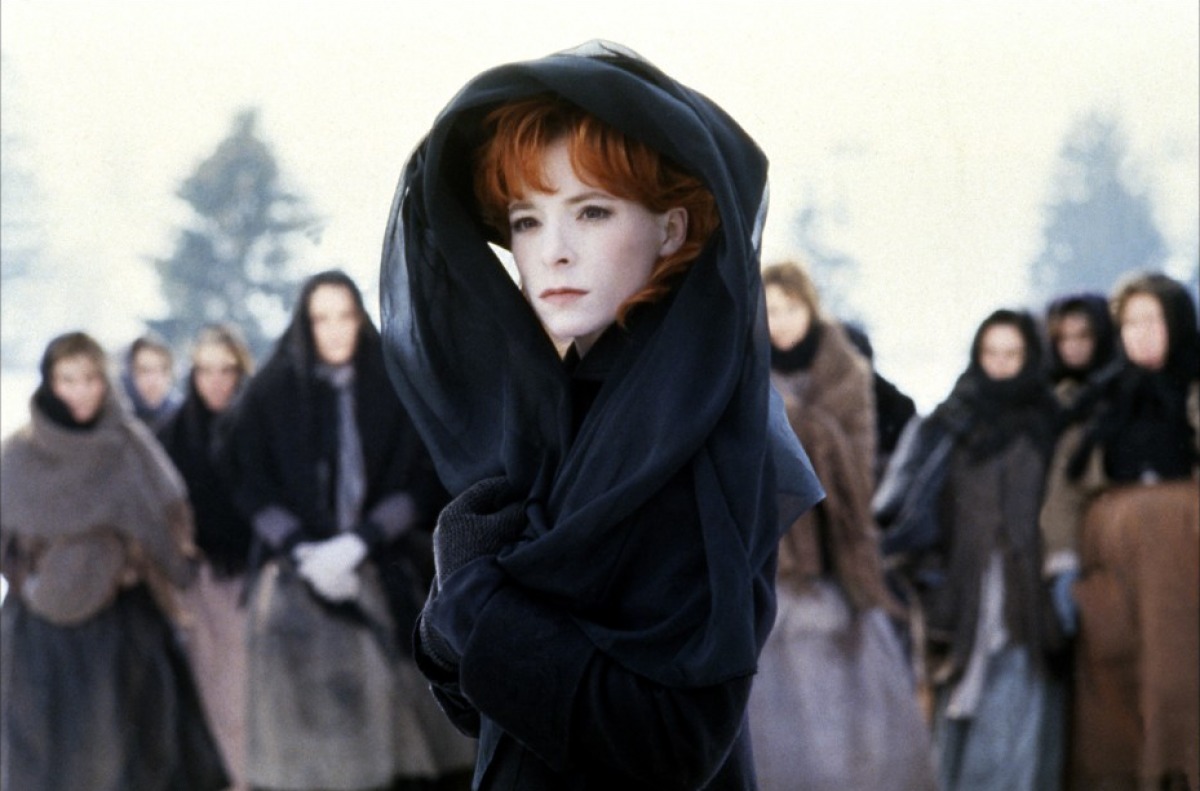
“What if it’s pain that makes the birds sing?”
Maybe not the best, but certainly the most criminally underseen film on the list is a feature-length debut for Laurent Boutannat who revolutionized the art of making music videos through his long-term artistic collaboration with French singer Mylène Farmer.
Starring musician Jeff Dahlgren as Giorgo “Giorgino” Volli and the aforementioned ginger-haired beauty as enigmatic Catherine, this three-hour-long Franco-American co-production could be characterized as a gothic, slightly surreal and poignant (melo)drama spiced with a handful of mystery and a pinch of horror, black humor and perverted fairy tale elements.
The story that speaks of a never-ending suffering and death starts in October of 1918. The young doctor Volli searches for a group of “more sensitive” children, whom he was taking care of before the start of the Great War.
While on his quest, he arrives to a small village surrounded by many marshes, “treacherous mountains” and rumors of wolves. There, he meets capricious and mentally unstable Catherine whom the local women blame for the death of Volli’s protégés. From that point on, it only goes from bad to worse for a good doctor…
Looking up to his literary and cinematic role models, probably from E.A. Poe to some formidable Eastern European auteurs, Boutonnat creates a harrowing, darkly poetic film with dense atmosphere of deep melancholy and ever-growing madness.
Accompanied by his ethereal, haunting score, as well as the wind’s moaning and the wolves’ howling, dilapidated sepia-toned interiors and bleak snowy exteriors make you feel the chilliness of the setting. It is the grandeur of the visuals and the sounds that leave you hypnotized, as the ensemble of actors, entirely up to their tasks, constitute the shaky emotional core.
5. Le Rossignol (Christian Chaudet, 2005)
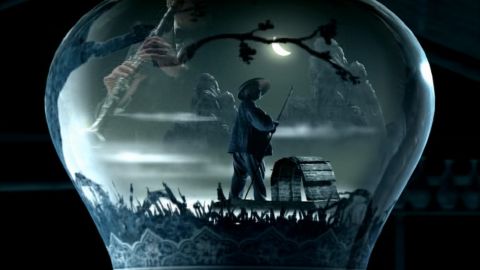
Created for a Franco-German TV network Arte, Le Rossignol (The Nightingale) is a unique adaptation of Stravinsky’s opéra lyrique whose libretto is based on Hans Christian Andersen’s fairy tale. Christian Chaudet delves into a bold experiment and the end result is simultaneously hyper-stylized, artistically vulgar and antithetical amalgam of theatrical feature and “plastic” computer animation.
Less than fifty minutes is packed with a capricious, imaginative and visually inspired phantasy spiced up with numerous amusing anachronisms which take away neither from the film’s beauty nor from the original work’s value.
The story of a Chinese emperor who is healed by a nightingale’s song is depicted as a kaleidoscopic dream of a boy who accidently wonders into a pottery workshop. After an elegant vase comes to life, on its moving glaze we see a scene with a fisherman (tenor Vsevolod Grivnov) who sings of the titular bird’s powers.
The nightingale is personified by coloratura soprano Natalie D whose ethereal voice fills the foggy night in the meadow covered with the violin bows posing as cattails. Bizarre flora is complemented with the blue fans and parasols that open to the rhythm of the melody.
When the action moves to the court, the storm of eccentricities doesn’t subside – on the contrary, it becomes even stronger, reflecting Chaudet’s odd sense of humor. Its strongest gust is during the second act – on a decadent, neon-lit reception that introduces a mechanical nightingale – frisky CGI singer in a violet tuxedo!
The additional sound effects are not distracting, given that they’re carefully entwined into the musical score brilliantly performed by the Opéra National de Paris.